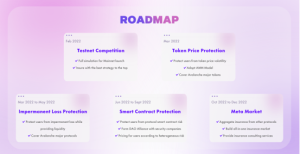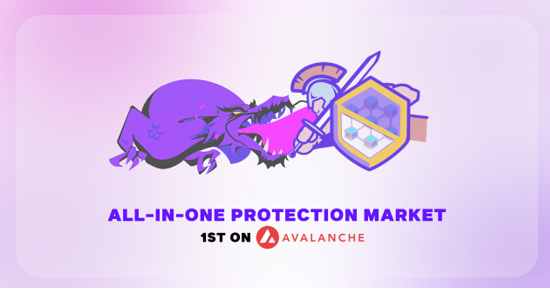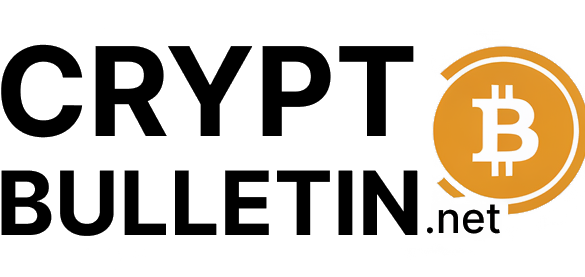The crypto market is extremely volatile, in which every factor like inflation or war can greatly affect your asset. Degis, the all-in-one protection market built on Avalanche, aims to protect your asset from every possible risk.
Degis is the 1st all-in-one protection protocol built on Avalanche. The ultimate goal is to build an universal crypto protection platform and shape decentralized protection ecosystem. Protecting crypto assets is always the mission of Degis, and with blockchain technology we are going to make protection reachable to every part of the world.
In the traditional insurance industry, people are often frustrated by cumbersome purchasing procedures and complicated claiming processes. Due to this issue, the insurance market blocks a mass number of potential users outside. With blockchain infrastructures, these issues can be solved and better performed via smart contracts.
To tackle the existing problems. Degis focuses on wider cover areas, capital liquidity aggregation and instant payouts. Degis is establishing a new paradigm for crypto insurance.
On Degis, users are able to protect themselves from token price volatilities, impermanent loss, wallet risks and even smart contract insurance. Basically, Degis is going to fill the gap of the current DeFi insurance world. To provide a better experience for every user, we build Degis with 3 main characteristics: to protect, to earn, to play. Every contributor, no matter if you are buying or selling insurance, will be incentivized by Degis tokens.
The Naughty Price — Protect Token Price Volatility
The Naughty Price is the next generation of token price protection. The product covers token price volatility risks via deploying protection pools. Currently, most insurance protocols focus on covering smart contract flaws and protocol hacks. On Degis, the Naughty Price covers token price fluctuation, which suits a much wider market.
In the Naughty Price system, there are three main roles, including creator, provider and buyer&seller. The provider deposits USDC into the policy pool to provide liquidity and gets LP tokens as reward, which can be staked for mining the DEG (Degis token). Creator deposits USDC into the right policy pool and gets back the same amount of naughty tokens. In the graph below, AVAX30L tokens are protection covering AVAX. After creation, the creator can sell naughty tokens to the left policy pool before the expiration date. The left policy pool is an AMM-based capital aggregation pool where trades between buyers and sellers (naughty tokens and USDC) are happening constantly. When an naughty token hits its expiry date, the payout is decided by price of the token.
Providers can only deposit USDC into the right policy pool, and the protocol will mint fractional amount of naughty tokens according to the current exchanging ratio between naughty token and USDC. At any time, providers can redeem their capital based on the current exchanging ration. Uniswap AMM mechanism is used as reference.
DEG Token – Specially Designed to Protect
DEG is an ERC-20 token and its total supply is 100 million. As the native token for Degis Platform, DEG tokens can be staked into treasury for protection pool premium sharing. Moreover, DEG holders can stake to create veDEG tokens to attend initial protection boosting. More details will be released later.
Degis Roadmap – Building Towards a Protection Aggregator
2022 is the year of the DeFi ecosystem explosion. Degis, as the first all-in-one protection protocol originally built on avalanche, is creating a new path for crypto space.

Starting from token price protection (Naught Price) to impermanent loss protection, smart contract protection, and eventually to the Meta Market, Degis is going to fill the gap of current DeFi insurance and also integrate with protocols to cover their risk.
The journey of Degis has just begun. Join our community and build Degis together:
Twitter: https://twitter.com/ProjectDegis
Telegram Announcements Channel: https://t.me/ProjectDegisAnnouncements
Telegram Chat Group: https://t.me/ProjectDegis
Discord: https://discord.gg/ProjectDegis


